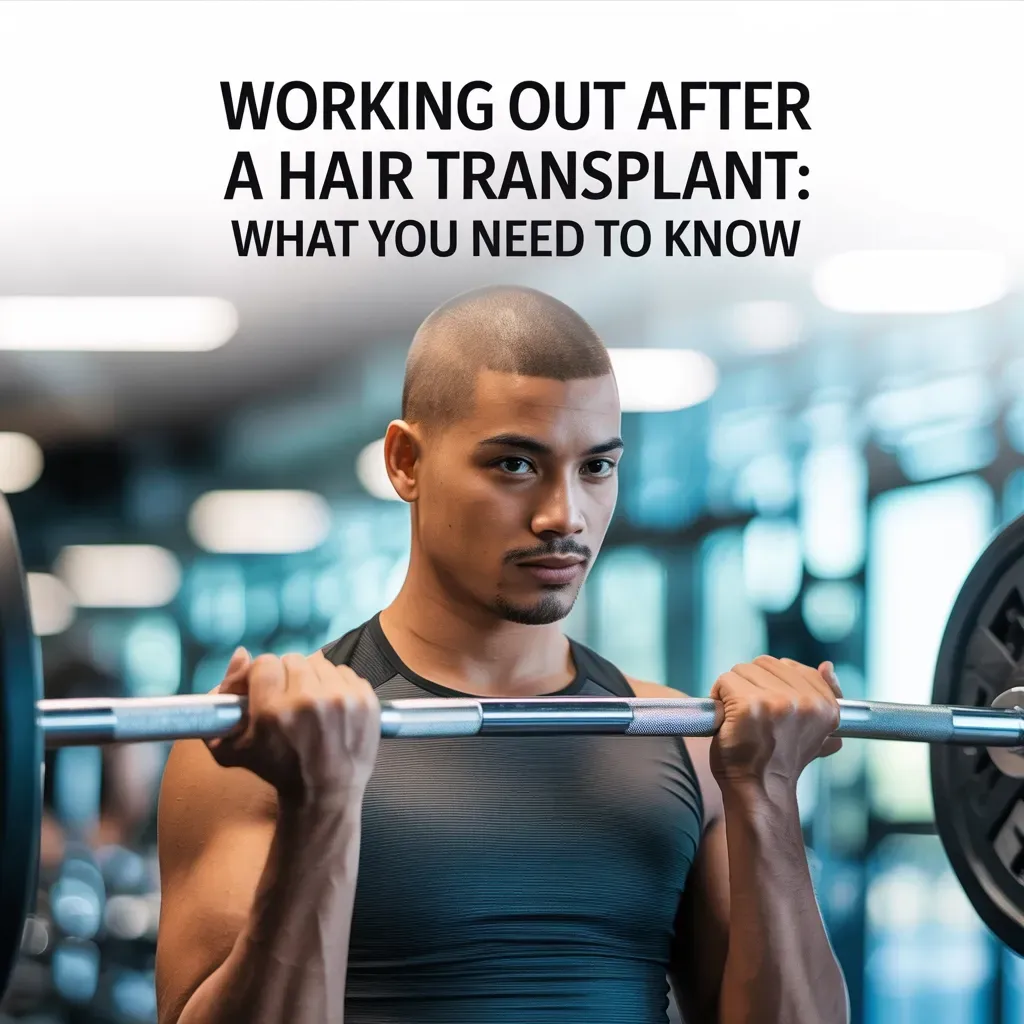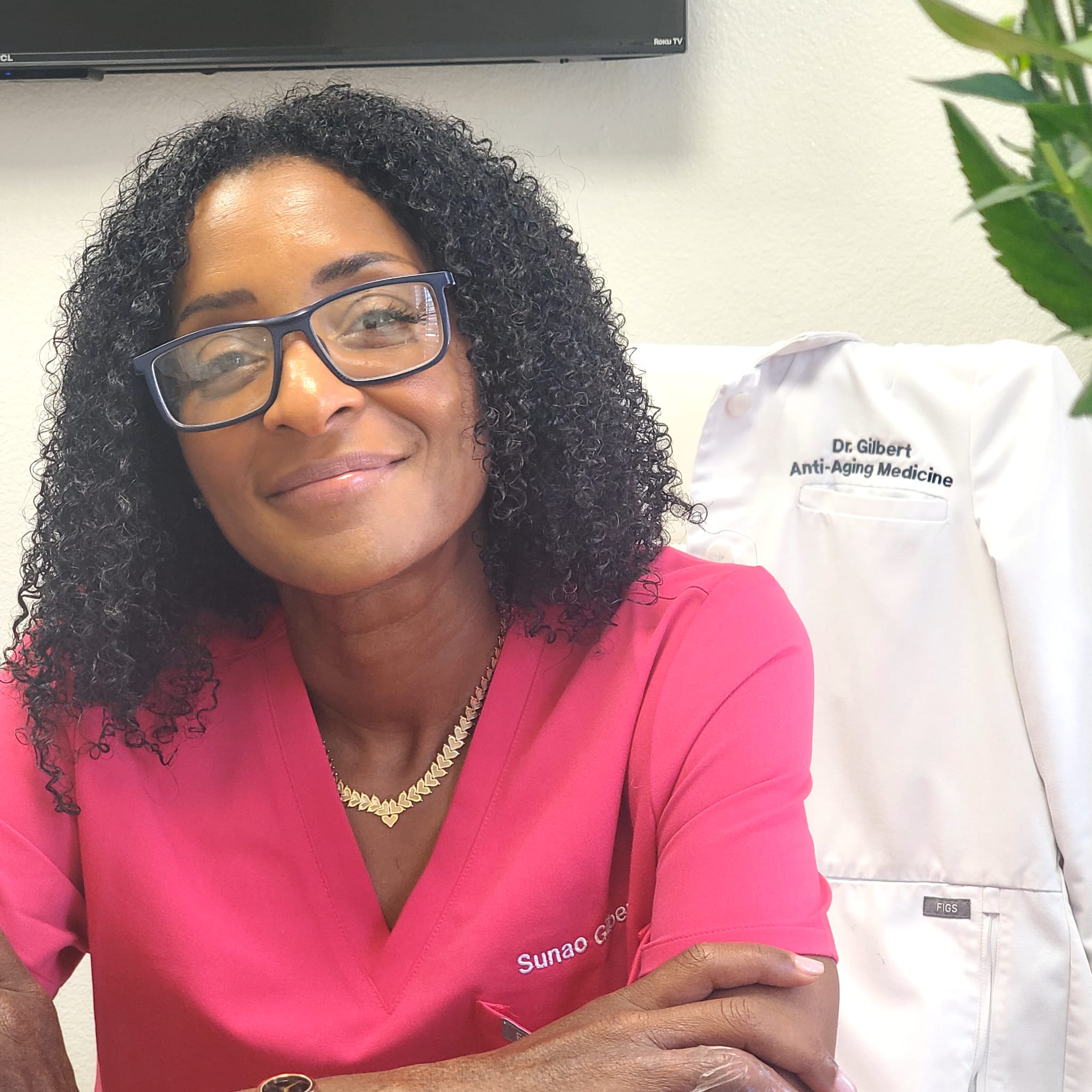
Working Out After a Hair Transplant: What You Need to Know
Getting back to your workout routine after a hair transplant is one of the most common questions patients ask. And honestly, it makes sense, you've just invested in your appearance and future confidence, so you want to make sure you don't mess anything up while getting back to your normal life.
The good news? With the right timeline and precautions, you'll be back to crushing your fitness goals sooner than you think. Here's everything you need to know about exercising after your hair transplant procedure.
The First 72 Hours: Complete Rest Mode
Let's be crystal clear about this, the first three days after your hair transplant are absolutely non-negotiable when it comes to rest. This isn't the time to test your limits or think "just a light workout won't hurt."
During these crucial first days, your newly transplanted hair follicles are in their most vulnerable state. They're essentially trying to establish a blood supply and settle into their new home on your scalp. Any increase in blood pressure, sweating, or physical strain can disrupt this delicate process.
What you can do: gentle walking around your house, light stretching while seated, and focusing on proper nutrition and hydration. Think of it as an extended recovery weekend, your future hairline will thank you for it.
Days 4-7: Baby Steps Back to Movement
Around day four, you can start incorporating very light movement back into your routine. We're talking about leisurely walks around the block, not power walking or anything that gets your heart rate up significantly.
The key during this phase is avoiding sweating at all costs. Sweat can introduce bacteria to your healing scalp and potentially cause complications. It can also cause scabs to soften prematurely, which might affect graft survival.
What's okay during this phase:
Slow, casual walks (think stroll, not stride)
Light household activities
Gentle stretching (no inverted positions)
Basic daily tasks
Still off-limits:
Any activity that causes sweating
Bending over frequently
Heavy lifting (even groceries)
Any form of cardio or strength training
Week 2: Light Cardio Gets the Green Light
This is where things start getting more interesting. Around the 7-10 day mark, many patients can begin incorporating light cardiovascular activities back into their routine: but only with their surgeon's approval.
Think gentle treadmill walking at a slow pace, light cycling on a stationary bike with minimal resistance, or using an elliptical at the lowest settings. The goal is to get your blood flowing without breaking a sweat or putting any strain on your scalp.
Important considerations for week 2:
Start with just 10-15 minutes of activity
Monitor your body's response carefully
Stop immediately if you feel any discomfort in your scalp
Avoid touching or rubbing the transplant area
No headbands, caps, or helmets yet
Week 3-4: Moderate Exercise Returns
By the third week, most patients experience a significant improvement in their recovery. The initial scabbing has typically resolved, and the grafts are becoming more secure. This is when you can start thinking about returning to more familiar workout routines.
You can generally resume activities like:
Moderate jogging or running
Bodyweight exercises (push-ups, squats, lunges)
Light weight lifting (start with 50% of your usual weight)
Yoga (still avoiding inverted poses)
Elliptical and stationary bike workouts
The key word here is "gradual." Don't jump back into your pre-transplant intensity level immediately. Your body has been healing, and your fitness level may have decreased slightly during your recovery period.
One Month Mark: Back to Full Intensity
Most patients can return to their complete workout routine by 3-4 weeks post-transplant. This includes high-intensity interval training (HIIT), CrossFit, heavy weightlifting, and most sports activities.
At this point, your transplanted grafts are typically well-established and secure. The risk of dislodging them through exercise is minimal, assuming you've followed the proper recovery timeline.
Full-intensity activities you can resume:
Heavy weightlifting and powerlifting
High-intensity cardio workouts
Most recreational sports
Competitive training routines
Group fitness classes
Special Considerations for Specific Activities
Swimming: The 4-Week Rule
Swimming deserves special attention because of the unique risks involved. Pool chemicals like chlorine can be harsh on your healing scalp, and the risk of bacterial infection is higher in water environments.
Most surgeons recommend waiting a full month before swimming in pools, hot tubs, or natural bodies of water. Some even suggest waiting longer for ocean swimming due to saltwater and potential contaminants.
Contact Sports: Proceed with Extra Caution
Sports like football, basketball, hockey, or martial arts require additional consideration due to the risk of head impact. Even after the one-month mark, you'll want to be extra cautious about protecting your scalp from direct contact.
Consider using protective headgear when possible, and be aware that any significant impact to the head could potentially affect your results, even months after your procedure.
Helmet-Required Activities
Cycling, motorcycling, or any activity requiring helmet use should be approached carefully. Even after your surgeon clears you for full activity, make sure your helmet fits properly and doesn't create excessive pressure on your transplant area.
Signs to Slow Down or Stop
Your body will give you signals if you're pushing too hard, too fast. Pay attention to these warning signs:
Excessive scalp tenderness or pain
Unusual swelling or redness
Any bleeding from the transplant area
Increased itching or irritation
Scabs that seem to be getting worse rather than better
If you experience any of these symptoms, dial back your activity level and consult with your hair restoration team.
Pro Tips for a Smooth Return to Exercise
Proper hydration supports healing and can help prevent excessive sweating during workouts.
Even if you feel great, resist the urge to jump back into high-intensity workouts immediately.
Some patients heal faster than others. Don't compare your timeline to someone else's.
You've made a significant investment in your appearance and confidence. A few extra days of caution won't hurt.
Keep your hair restoration team informed about your activity level and any concerns.
The Bottom Line
Returning to exercise after a hair transplant is absolutely achievable with the right approach and timing. The key is respecting the healing process and following a gradual progression back to full activity.
Remember, modern hair transplant techniques like those used at Optimum Hair Restoration https://optimumfue.com are designed to minimize downtime while maximizing results. By following these guidelines and working closely with your surgical team, you'll be back to your regular workout routine before you know it: with a fuller head of hair to show for your patience.
The temporary adjustment to your exercise routine is a small price to pay for the long-term confidence and satisfaction that comes with successful hair restoration. Stay patient, stay consistent with your recovery plan, and get ready to hit the gym with renewed confidence in just a few weeks.
